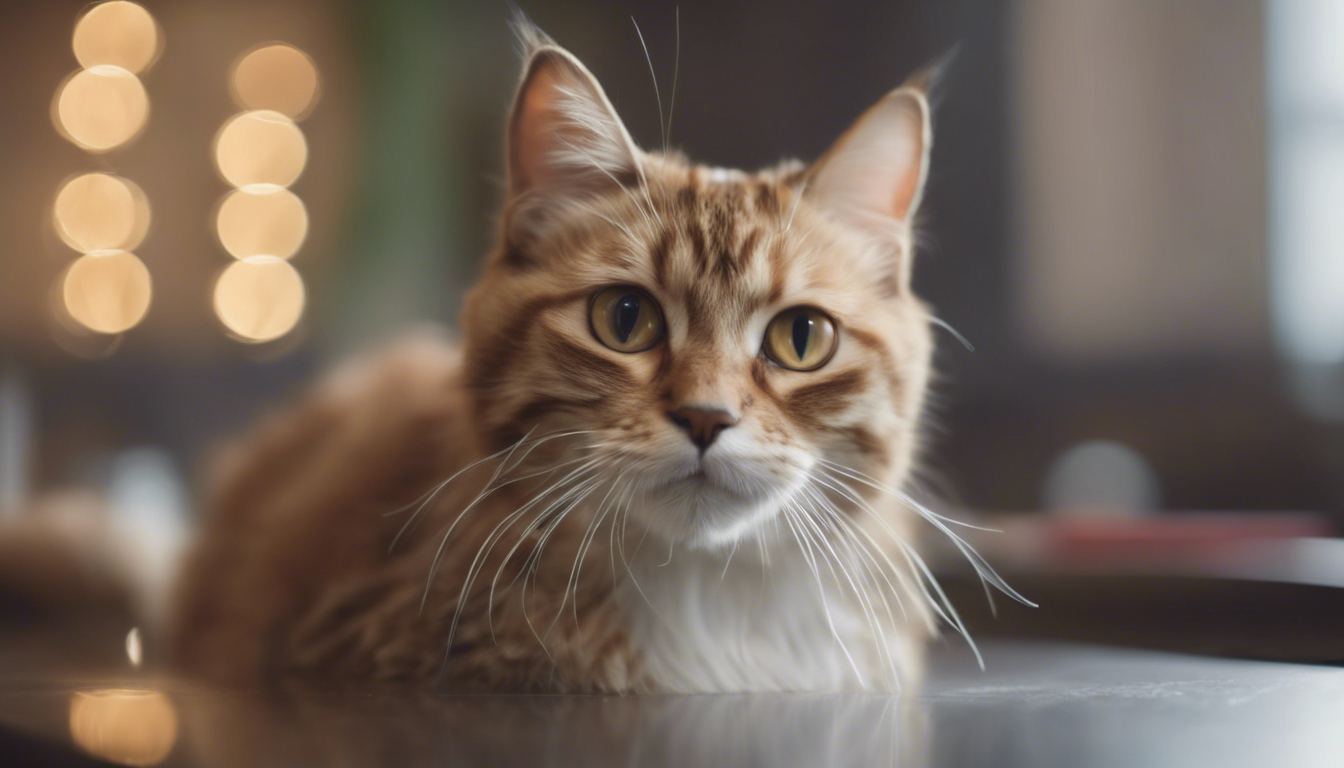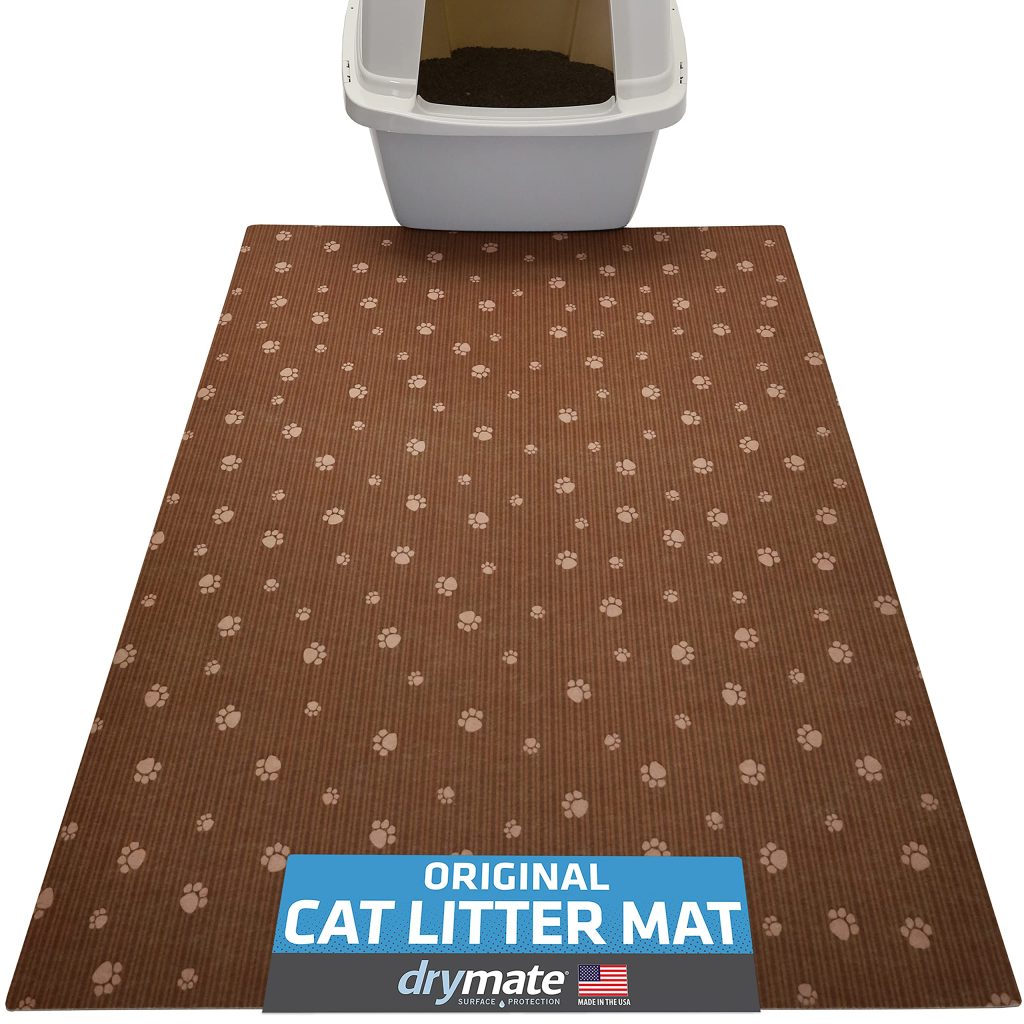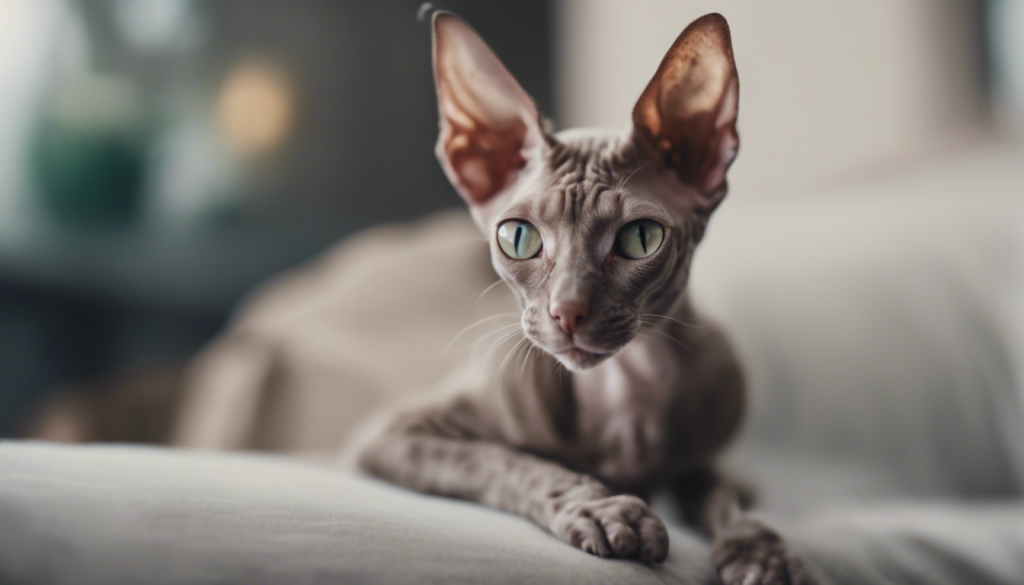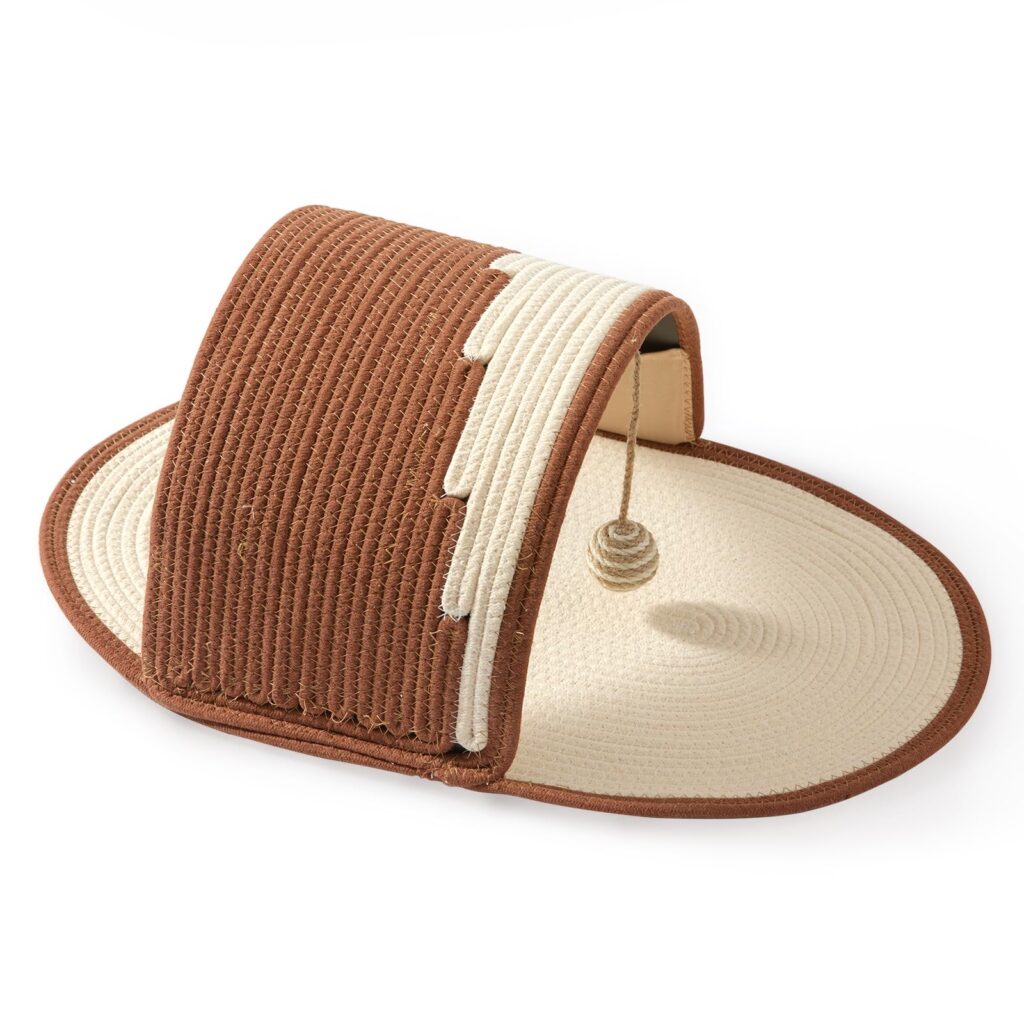
Proper grooming plays a vital role in the socialization of cats and contributes to their overall well-being and health. Feline grooming involves various aspects, including coat care, claw maintenance, and grooming techniques. In this article, we will discuss these essential aspects and provide practical advice and insights on effective grooming practices for your feline friends.
Coat Care
A cat’s coat is not just an aesthetically pleasing feature; it serves important functions such as temperature regulation and protection against the elements. Regular coat care is important to maintaining a healthy and shiny coat.
Brushing your cat’s fur regularly not only removes dirt, debris, and loose hair but also helps distribute natural oils throughout the coat, keeping it nourished and preventing matting. The frequency of brushing depends on the length and type of fur:
- Short-haired cats: Brushing once or twice a week is usually sufficient.
- Long-haired cats: Daily brushing is recommended to prevent tangles and matting.
TIP: Use a grooming brush appropriate for your cat’s coat to prevent discomfort or damage to the fur.
In addition to regular brushing, occasional bathing may be necessary for certain cats, especially those prone to allergies or with excessively oily skin. Use feline-specific shampoos and follow proper bathing techniques to ensure a stress-free experience for your cat.
Claw Maintenance
Claws are important tools for cats; they are used for climbing, hunting, and self-defense. However, if not properly maintained, they can lead to destructive behavior and potential injury. Regular claw maintenance is essential for both indoor and outdoor cats.
Trimming: Trimming your cat’s claws helps prevent them from becoming overly long and sharp. It also minimizes the risk of accidental scratching or damage to furniture and people. Get a pair of cat nail clippers and follow these steps:
- Gently hold your cat’s paw, applying light pressure to extend the claws.
- Identify the translucent area, known as the “quick,” which should be avoided while trimming.
- Carefully cut the tip of the claw, avoiding the quick.
TIP: If you are unsure about trimming your cat’s claws, consult a veterinarian or a professional groomer for guidance.
Scratching Posts: Providing your cat with a suitable scratching post is important to redirect their natural urge to scratch. Ensure the scratching post is tall enough for your cat to stretch fully and sturdy enough to withstand vigorous scratching. Encourage their use by placing it in a prominent location and rewarding your cat with praise or treats when they use it.
Grooming Techniques
Grooming techniques involve more than just brushing and claw maintenance. Developing positive grooming experiences for your cat is essential to help them feel comfortable and relaxed during grooming sessions.
Start Early: Introduce grooming activities to kittens as early as possible to establish a positive association with grooming. Gradually accustom them to being touched, brushed, and having their paws handled. Reward their cooperation with treats or praise, making grooming a positive experience.
Gentle Handling: Handle your cat with care and gentleness during grooming. Cats are sensitive creatures, and rough handling can cause stress and anxiety. Approach them calmly and speak in soothing tones to create a calm environment.
Watch for Signs of Discomfort: Pay attention to your cat’s body language and vocalization during grooming. If they show signs of stress or discomfort, such as hissing, growling, or trying to escape, take a break and try again later. Pushing them when they’re not ready can worsen their association with grooming.
TIP: Use positive reinforcement techniques, such as treats or praise, to reward your cat’s good behavior during grooming sessions.
Seek Professional Help: If your cat is exceptionally anxious or difficult to groom, consider seeking professional help from a veterinarian or a professional cat groomer. They can provide guidance, suggest techniques, or conduct grooming sessions in a controlled and safe environment.
Grooming is not just a cosmetic endeavor for cats; it’s a important aspect of their overall well-being and socialization. By adhering to proper grooming practices and ensuring positive experiences, you can contribute to the health, happiness, and socialization of your feline companion. Remember to be patient, understanding, and always prioritize their comfort and safety during grooming sessions.







